Life
Sign up for our newsletter
We summarize the week's scientific breakthroughs every Thursday.
-
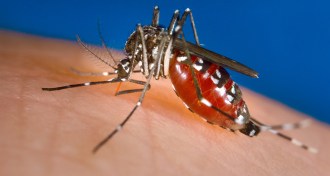 Genetics
GeneticsAsian tiger mosquito genome sequenced
Researchers have sequenced the genome of the Asian tiger mosquito, a stealthy invasive species and carrier of tropical diseases.
-
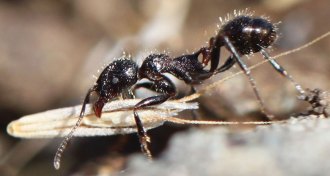 Animals
AnimalsHow architecture can make ants better workers
The right nest architecture can make harvester ants better at their job, new research shows.
By Susan Milius -
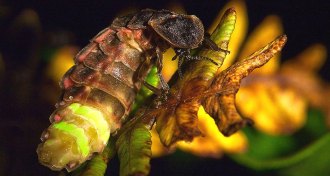 Animals
AnimalsFor glowworms, the brightest girls get the guy
Brighter female glowworms attract more mates and lay more eggs than their dimmer peers.
-
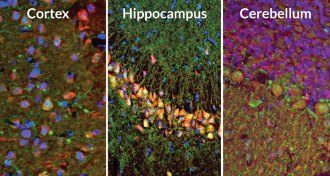 Neuroscience
NeuroscienceNets full of holes catch long-term memories
Tough structures that swaddle nerve cells may store long-term memories.
-
 Neuroscience
NeuroscienceSex influences ability to assess crowd’s emotion
New analyses explain how people detect an angry mob or a happy party.
-
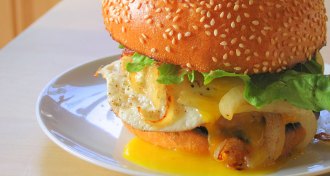 Neuroscience
NeuroscienceHigh-fat diet’s negative effect on memory may fade
Brain may find way to compensate for memory impairments linked to high-fat diets, study in rats shows.
By Susan Gaidos -
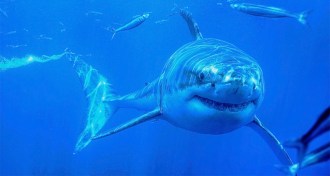 Paleontology
Paleontology300 million-year-old giant shark swam the Texas seas
Fossil find shows oldest known ‘supershark,’ about the size of a limo, prowled the ocean 300 million years ago.
By Meghan Rosen -
 Health & Medicine
Health & MedicineHollywood-made science documentary series comes to TV
Breakthrough series gives a closer look at scientists at work.
-
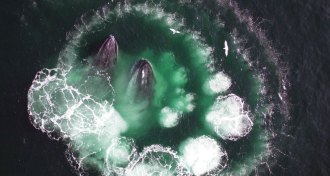 Animals
Animals‘Whalecopter’ drone swoops in for a shot and a shower
Whale biologists are monitoring the health of whales using drones that snap photos and then swoop in to sample spray.
By Susan Milius -
 Climate
ClimateClimate change could shift New England’s fall foliage
Climate change could make for earlier or later fall color, depending on where you live in New England.
-
 Neuroscience
NeuroscienceMultitaskers do worse on tasks that require focus
Multitasking is more likely to impair teens’ focusing ability than improve it, study testing attention skills finds.
By Susan Gaidos -
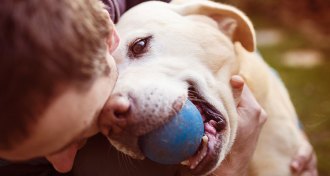 Animals
AnimalsDNA trail leads to new spot for dog domestication
A new study suggests that dogs were first domesticated in Central Asia.